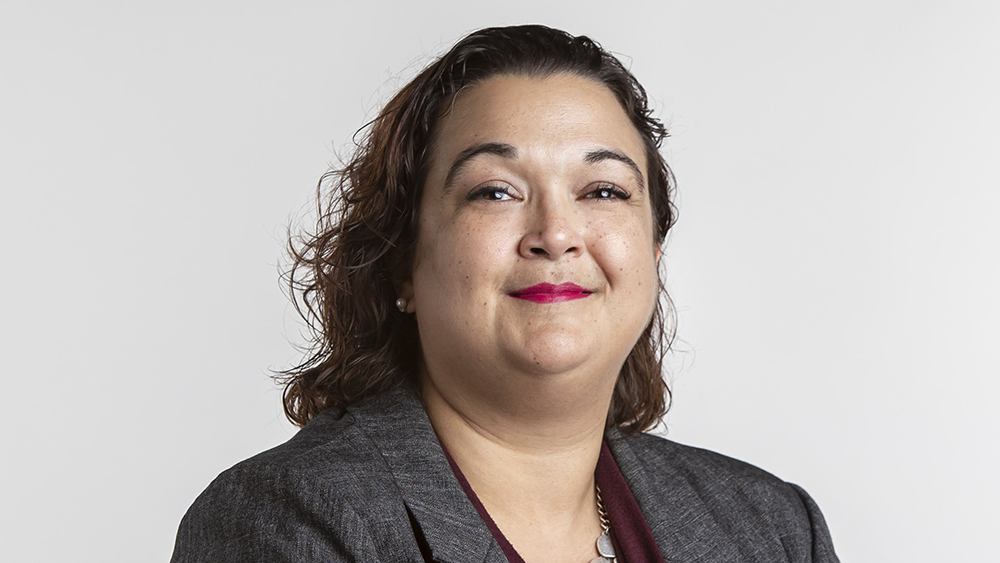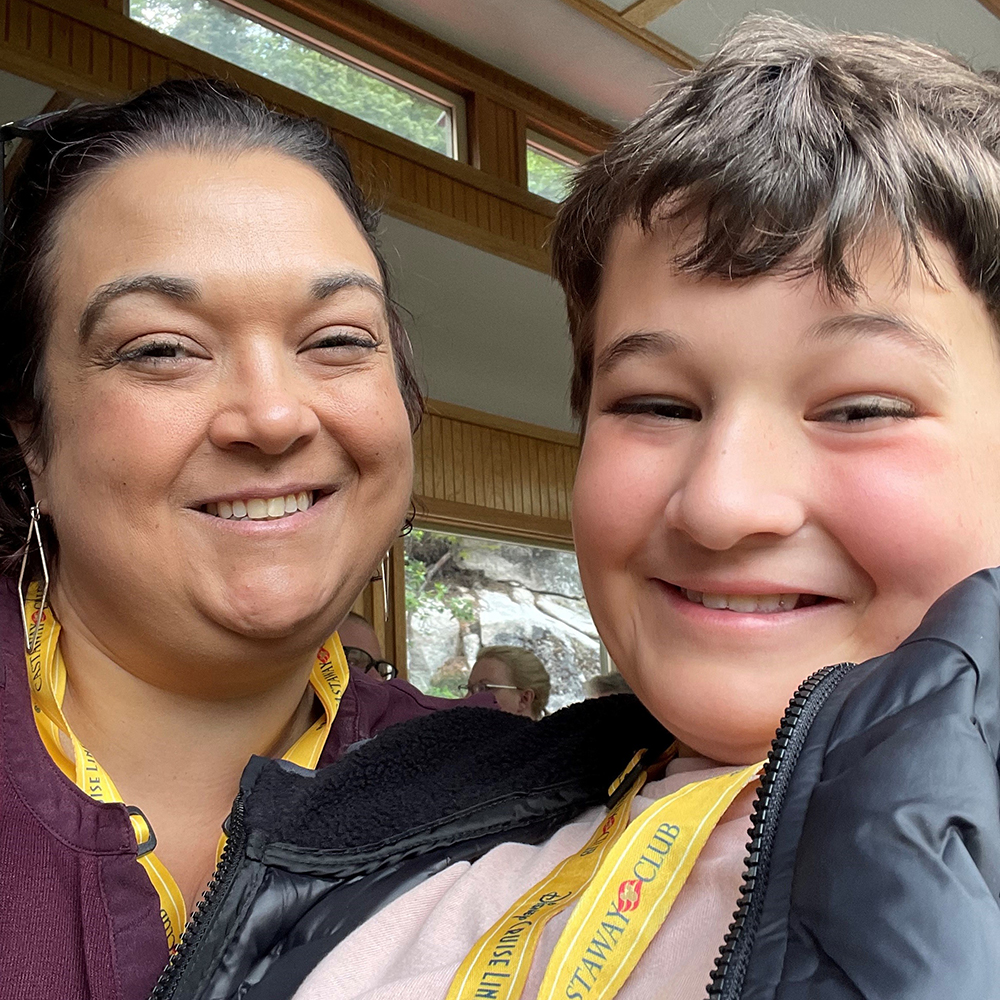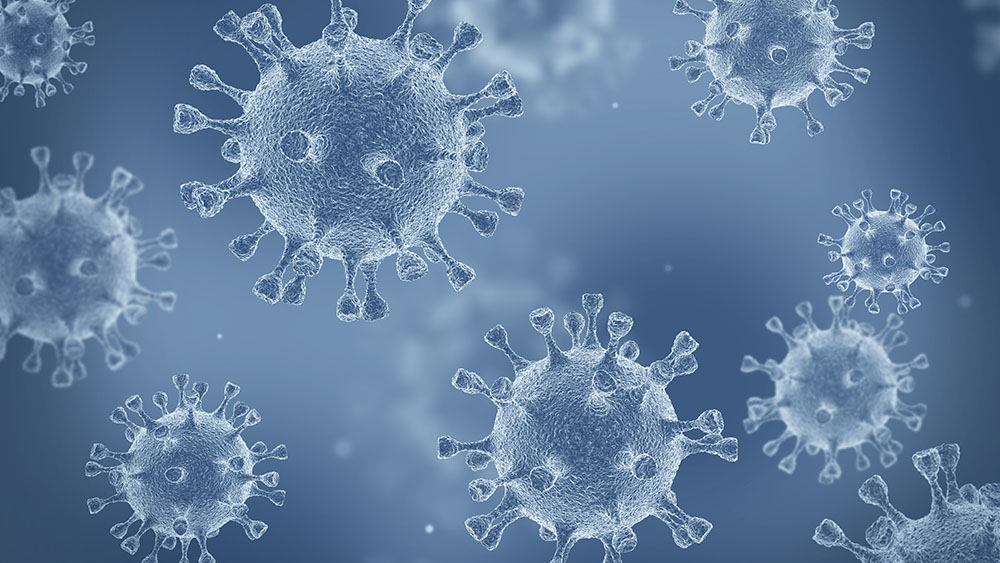Article Highlights
-
Children are affected by long COVID in different ways than adults.
-
NIH is funding a study of long COVID in children to better understand the condition.
-
The study is recruiting more than 8,500 children and young adults.
At least 15 million kids have been infected with SARS-CoV-2, the virus that causes COVID-19, but it is unclear how many of them have had or are living with long COVID. The ailment includes symptoms that linger after COVID-19 or symptoms that come back after an absence of weeks or months. A person might feel short of breath, lose their sense of smell, be unable to think clearly, be tired all the time, or have other maladies that can be traced back to COVID-19.
In 2021, NIH started the Researching COVID to Enhance Recovery (RECOVER) Initiative to better understand long COVID and other ailments that affect people who had COVID-19. RECOVER is focused on three distinct groups: adults, people who are pregnant, and children and young adults.
Jessica Snowden, M.D., is a pediatrician and vice dean for research at the University of Arkansas for Medical Sciences. She leads one of six pediatric research hubs for RECOVER, which are recruiting newborns, children, and young adults up to age 25 for clinical study. RECOVER will enroll 8,500 kids who will be followed for at least four years.
Dr. Snowden spoke with us about the RECOVER study and how long COVID affects children.

Jessica Snowden, M.D. Image courtesy of Jessica Snowden.

Jessica Snowden, M.D. Image courtesy of Jessica Snowden.
What motivated you to get involved in this study?
JESSICA SNOWDEN, M.D.: One of the things that that drove our interest is that here in Arkansas, children are being infected with COVID far more often than we realize. We had done a study here that looked at antibodies to SARS-CoV-2 in children before vaccines were available. We saw that about 25% to 30% of kids in Arkansas had antibodies. This was a surprise because we were seeing only about 2% to 3% of kids being diagnosed with COVID in the weekly reports of new COVID cases. That means many, many children are being asymptomatically infected without knowing it.
We think being infected with this virus can do things to you in the long run, so we have to include children in studies of long COVID.
What is the difference in symptoms between kids and adults?
SNOWDEN: The symptoms may come from the same place organically, but they show up differently in a kid.
An adult might tell you that they can’t smell anything anymore and it’s really irritating. A kid will just stop eating because nothing tastes good. So suddenly, we have kids who are losing weight because they’re refusing to eat.
An adult has brain fog that they can tell you about, while a kid suddenly might not perform in school the way they did before. Instead of being able to articulate that they’re short of breath, kids just might not be able to play the way they could before they had COVID.
What we hear from a lot of parents is, “I’m not sure if this is everything else that was going on or if it’s COVID.” And that’s part of what the study is going help us figure out. One of the things we’ve struggled with in terms of defining symptoms is that sometimes parents will tell us that they notice something is off, and that is all they can say: “I can’t tell you what’s wrong with my kid, but something’s wrong.”
So long COVID looks different in kids than it does in adults and may need different kinds of solutions. We recognize that kids aren’t just little adults. They’re growing and developing. Because COVID is hitting kids at a time that their bodies are changing every day, the things that are happening can have longer-lasting effects than they do in adults.
“The pandemic is a generation-defining event for kids. All kids know what COVID-19 is. How many viruses can you say that about?” —Jessica Snowden, M.D.
How do you define long COVID?
SNOWDEN: Our current working definition of long COVID is that you have the disease:
-
If you have more than one of the symptoms that we typically associate with long COVID,
-
If it’s been going on for more than a month after your COVID illness, and
-
If it’s affecting your daily life.
But we don’t actually have a consistent definition of what long COVID is. There’s no diagnostic test. There’s no definition we all agree on. Studies report that anywhere from 5% to 60% of people who have COVID go on to have long-term symptoms. It really depends on how you define long COVID.
One of the things this study is trying to do is define a new disease. What do we think long COVID is? Then we can figure out what causes it.
Right now, we think only a very small number of people who are asymptomatic go on to have long COVID. Data show that people who have severe COVID are more likely to have long COVID. That’s one of the things the study’s going to help us figure out.
The pandemic also brought educational and societal disruptions that might be causing some symptoms that look like long COVID. So the definition is going to continue to evolve as we understand more about what’s going on with kids.
Who can join the study?
SNOWDEN: We’re looking at kids of all ages to see how common COVID is and how common long COVID symptoms are. Kids can enter this study multiple different ways. You can be a kid who definitely has what we think of as long COVID symptoms. You can be a kid who doesn’t appear to have any symptoms of long COVID — someone who may or may not have had COVID.
Or you can be somebody who has COVID at enrollment. We enroll some of those kids to see whether they go on to have long COVID symptoms after they’ve had COVID-19.

Jessica Snowden, M.D., and her son, Oliver, who is participating in the RECOVER pediatric study. Image courtesy of Jessica Snowden.

Jessica Snowden, M.D., and her son, Oliver, who is participating in the RECOVER pediatric study. Image courtesy of Jessica Snowden.
What will the study be like?
SNOWDEN: Here’s what we tell kids they’re going to do as part of the study: “You’re going to spit in a cup, you’re going to answer some questions, and you’re going to push a red button to collect blood.” The red button is on a device that fits on their arms.
When people who we think have long COVID symptoms come into the study, they’ll have checkups on a regular basis, and we’ll see how they change over time.
Then we have researchers who are working on the data, looking for patterns. We also have people who are looking at the lab tests that we’re doing. And we’ll have people who are using the samples that we’re collecting from kids and their parents to figure out the biology of long COVID.
People become adults at age 18. Why will 25-year-olds be in the study?
SNOWDEN: A lot of the things that we associate with brain fog have to do with what we call executive functioning — how well your brain’s frontal lobe is doing its job. We know that part of the human brain is still developing until around age 25. So some of what we see in that late teenager, early adulthood phase is reflective of a kid’s brain being different than an adult’s.
What is your role?
SNOWDEN: I am leading one of the six pediatric hubs for the RECOVER study that includes a group of researchers in 13 states and Puerto Rico. We’re recruiting about 1,100 kids across them. And we are about 75% of the way there.
Most of our sites came from another NIH-funded group called ECHO: IDeA States Pediatric Clinical Trials Network. We are all rural states that came together on this RECOVER project because we knew kids in rural areas were being disproportionately affected by COVID-19.
In rural states, it's harder to provide services for kids. We want to make sure that whatever we discover and whatever solutions we come up with, they are going to matter for people in under-resourced areas. Our partners in Puerto Rico are also part of the ECHO program and work with similarly under-resourced communities.

RECOVER: Researching COVID to Enhance Recovery
The goal of RECOVER is to improve understanding of and ability to predict, treat, and prevent long COVID. Learn how you can participate and make your voice heard.
Has anything about the study surprised you?
SNOWDEN: I have been surprised by how many people want to participate in this study, particularly in rural areas, where there’s been a lot of mixed messaging about COVID. There’s a lot of COVID fatigue around the country, yet many, many kids and families are very interested in joining the study.
That has been reassuring — to see people interested in it. I think a lot of people are worried about the effect COVID-19 is going to have on their kids.
How do you talk to children and their parents about COVID-19?
SNOWDEN: The pandemic is a generation-defining event for kids. All kids know what COVID-19 is. How many viruses can you say that about?
We want to keep the focus on trying to understand how kids grow up to be healthy and understand that this is more than just the virus that’s affected them.
It’s important to stress to parents that we want to know how this is affecting their child’s growth and development. The job of a parent is to support their kids to grow, to be happy, healthy, whatever it is they want to be. Parents all have a vested interest in that.
I think that’s one of the reasons we’ve had such a good response: it’s a message parents can buy into. We want to make sure this is about recovering from what’s happened.
 An official website of the United States government
An official website of the United States government


